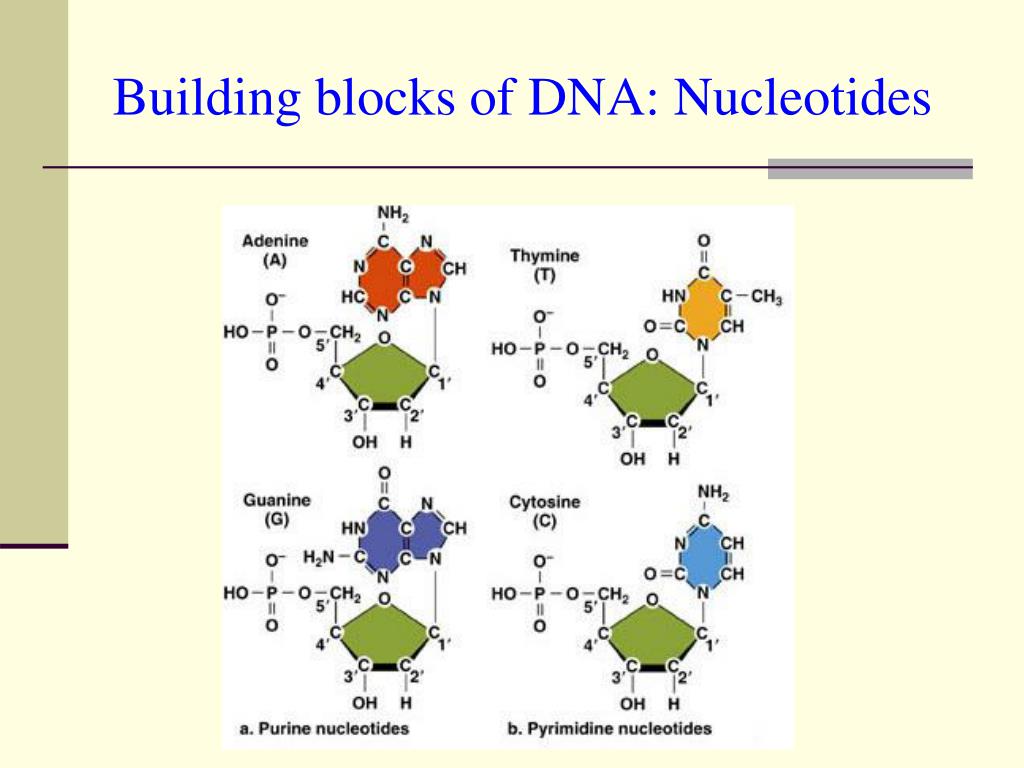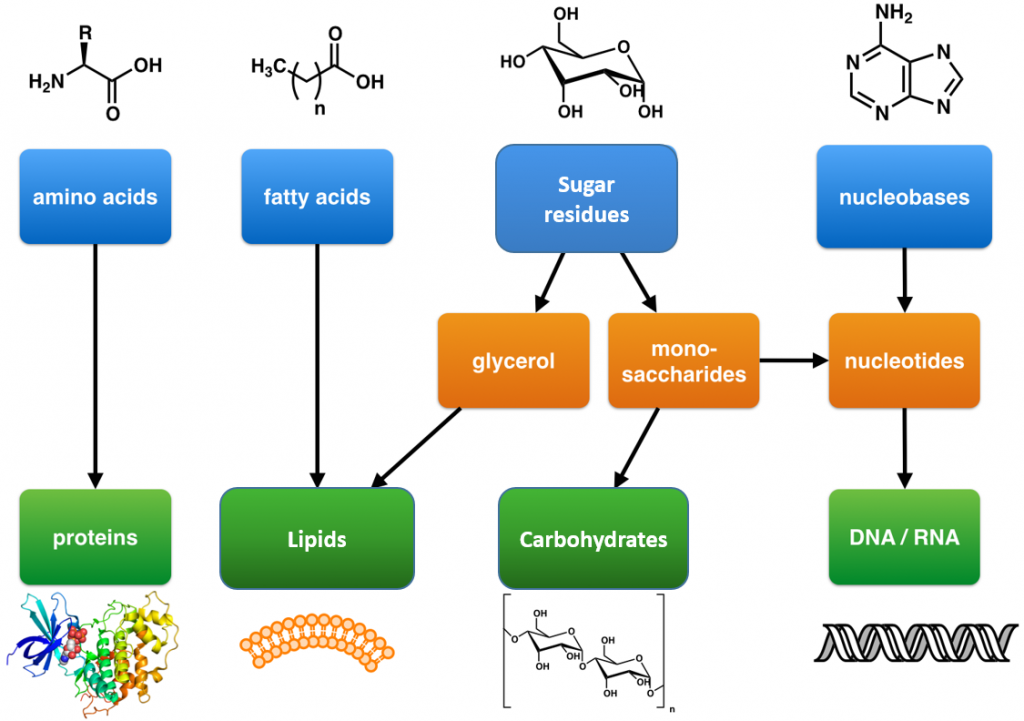

8 in the Proceedings of the National Academy of Sciences.įollow contributor Charles Q. "It is always exciting to find extraterrestrial and ancient 4.6 billion-year-old organic compounds that might have had a role in early life," Cooper added.Ĭleaves, Cooper and their colleagues detailed their findings in two studies published online Aug. "One function of this cycle is respiration, when organisms give off carbon dioxide." The citric acid cycle is "thought by many experts to be among the most ancient of biological processes," study co-author George Cooper, a chemist at NASA Ames Research Center, told. In a different study, researchers discovered molecules that make up key parts of a vital biological pathway, the citric acid cycle, in a number of carbonaceous chondrites.

"Are these building blocks of life transferred to other places where they might be useful? Can alternative building blocks be used to build other things?" "All this has implications for the origins of life on Earth and potentially elsewhere," Callahan said. "At the start of this project, it looked like the nucleobases in these meteorites were terrestrial contamination - these results were a very big surprise for me," study co-author Michael Callahan, an analytical chemist and astrobiologist at NASA Goddard Space Flight Center, told. "Finding nucleobase compounds not typically found in Earth's biochemistry strongly supports an extraterrestrial origin," Cleaves said. These nucleotides are composed of a five-carbon sugar, a phosphate group, and a nitrogenous. Intriguingly, three of these nucleobase analogs are very rare in Earth biology, and were not found in soil and ice samples from the areas near where the meteorites were collected at the parts-per-billion limits of their detection techniques. As stated above, the basic building blocks of DNA are nucleotides. Two of the carbonaceous chondrites contained a diverse array of nucleobases and structurally similar compounds known as nucleobase analogs.

The analytical techniques probed the mass and other features of the molecules to identify the presence of extraterrestrial nucleobases and see that they apparently did not come from the surrounding area. This was the first time all but two of these meteorites had been analyzed for nucleobases. To help confirm if any nucleobases seen in meteorites were of extraterrestrial origin, scientists used the latest scientific analysis techniques on samples from a dozen meteorites - 11 organic-rich meteorites called carbonaceous chondrites and one ureilite, a very rare type of meteorite with a different chemical composition. "People have been finding nucleobases in meteorites for about 50 years now, and have been trying to figure out if they are of biological origin or not," study co-author Jim Cleaves, a chemist at the Carnegie Institution of Washington, told. However, it has been very difficult to prove that these molecules are not contamination from sources on Earth. Even so, over 99 of DNA sequences are the same among all people. Your DNA is the most unique and identifying factor about youit helps determine what color your eyes are, how tall you are, and how likely you are to have certain health problems. Investigators have also found nucleobases, key ingredients of DNA, in meteorites before. Proteins drive important body functions, like digesting food, building cells, and moving your muscles. Space rocks just like these may have been a vital source of the organic compounds that gave rise to life on Earth. The human genome is made of 3.2 billion bases of DNA but other organisms have different genome sizes.Past research had revealed a range of building blocks of life in meteorites, such as the amino acids that make up proteins.This double helix structure was first discovered by Francis Crick and James Watson with the help of Rosalind Franklin and Maurice Wilkins.The strands are separated during DNA replication.The two strands run in the opposite direction (antiparallel) to each other so that one runs 5’ to 3’ and one runs 3’ to 5’, they are called the sense strand and the antisense strand, respectively.Each strand of DNA has a beginning and an end, called 5’ (five prime) and 3’ (three prime) respectively.Each base pair is joined together by hydrogen bonds.The bases always pair together in the same way, A with T, C with G.The bases on one strand of the DNA molecule pair together with complementary bases on the opposite strand of DNA to form the ‘rungs’ of the DNA ‘ladder’.Each strand is composed of long sequences of the four bases, A, C, G and T.An illustration to show the double helix structure of DNA.


 0 kommentar(er)
0 kommentar(er)
